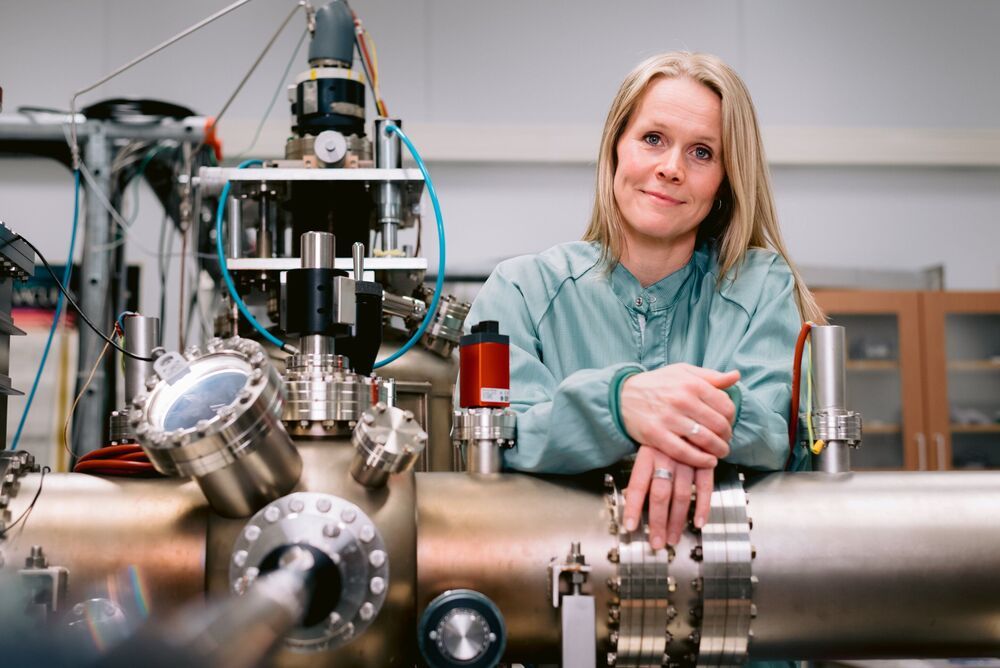In August last year, Unity released interim results showing that its drug was probably ineffective in treating study patients suffering from osteoarthritis.
Its stock price plummeted as a consequence, but Dr de Grey remains hopeful that “soon we might have drugs that actively cause these cells to die”.
While Dr de Grey is excited to see much of the life extension research he helped develop come to fruition, some thinkers are raising concerns about the implications of an extended human lifespan.








